
I had a stopover in the Omani capital of Muscat last week, a place where I worked for a few years in the late 1970s / early 80s.
The capital area has grown enormously since I was there and is today built up all the way from Seeb Airport to old Muscat town, a distance of around 35 km.
In this blog post I am showing a few photos of the historic Muscat harbour area to show how it has changed over the years.

Muscat in 1904. This old photo shows the city walls and gates which were locked at 6 pm every evening and anybody venturing out after dark had to carry a lantern.
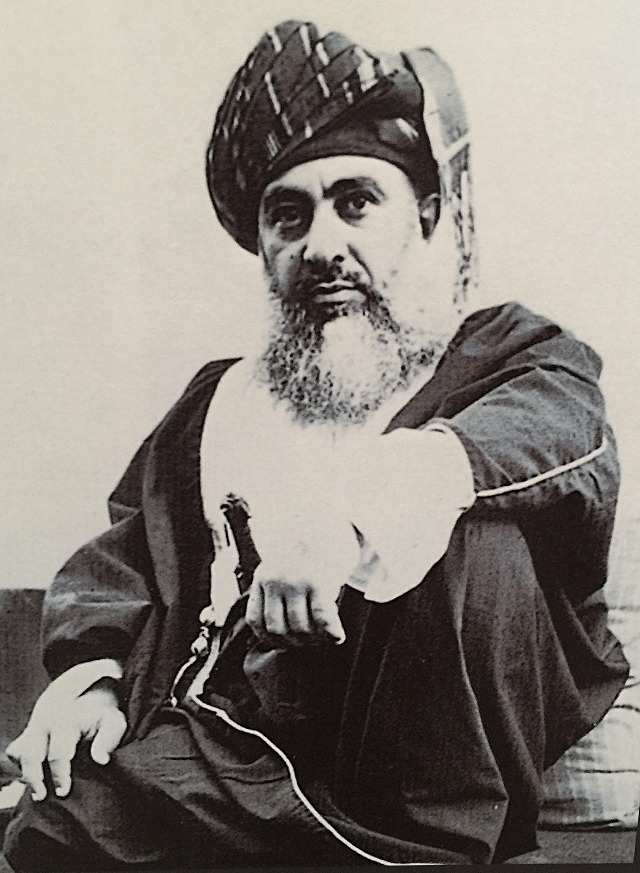
Sultan Said bin Taimur, father of the current Sultan. Under his reign, Oman was a feudal, backward and divided country. There were almost no roads, schools or hospitals. Citizens had to obtain the permission of the Sultan to buy a radio or to wear spectacles. He was overthrown by Sultan Qaboos in 1970.

By the early 1970s the town looked much the same. The rugged mountains surrounding Muscat are made from ophiolite, a rock formed from magma under the oceanic crust and uplifted and exposed above sea level. Oman’s outcrops are considered as some of the best examples of this type of landscape.
 Bait Bait Greiza (above centre) was built in the early 19th century and demolished in the 1970s. The name Greiza originated from ‘igreja’ (Portuguese for church) as a church once stood nearby.
Bait Bait Greiza (above centre) was built in the early 19th century and demolished in the 1970s. The name Greiza originated from ‘igreja’ (Portuguese for church) as a church once stood nearby.

Bait Mughub served as the American Embassy until 198o, following which is was demolished, along with the nearby British Embassy, to make way for a new wing of the Sultan’s palace complex.

Bait Faransa was built between 1820-1840. It became the French Consulate in 1896.
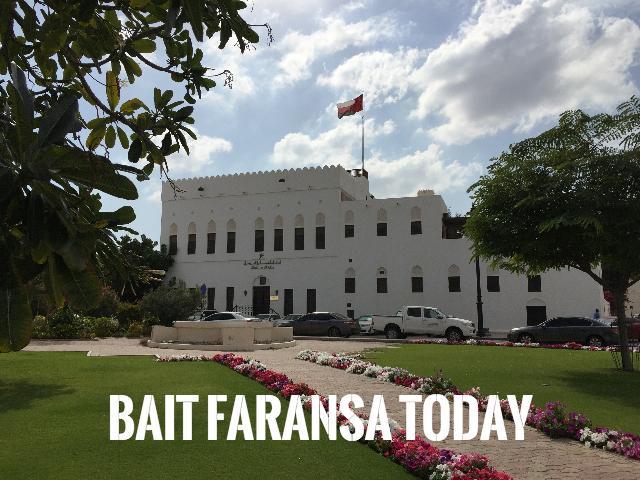
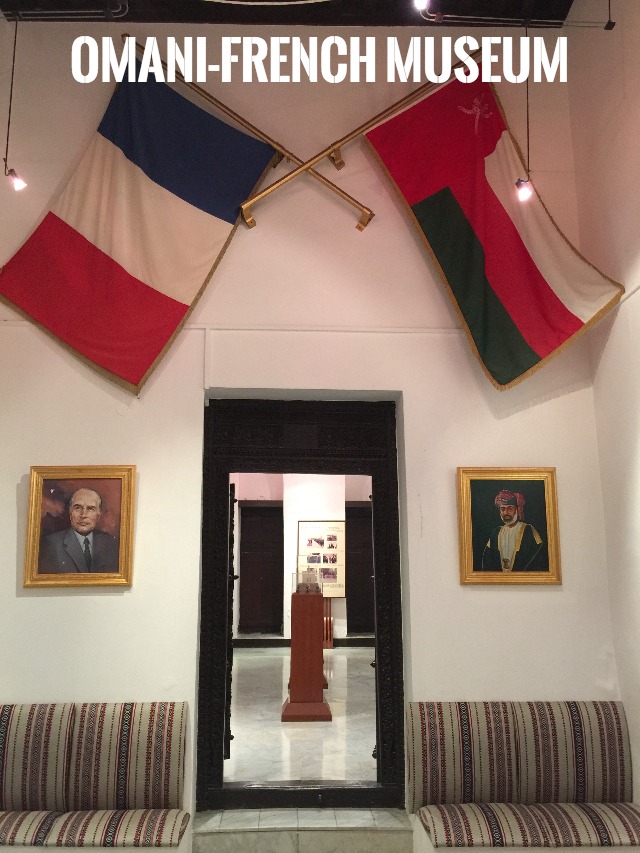
Bait Faransa is now the Omani-French Museum and showcases the long standing relationship between France and Oman, which is a bit of a cheek because the Gulf region was never really France’s bailiwick. Britain has had a much deeper relationship with Oman but has no museum to commemorate it. Still, it is a nice museum and here are a couple of photos on display inside:

Jean Béguin-Billecocq, Vice Consul, pictured in 1904 feeding his parrots on the terrace of the Consulate in Muscat, probably wishing he had studied Vietnamese instead of Arabic at l’École des Langues Orientales de Paris. At least he had his wife Louise for company.
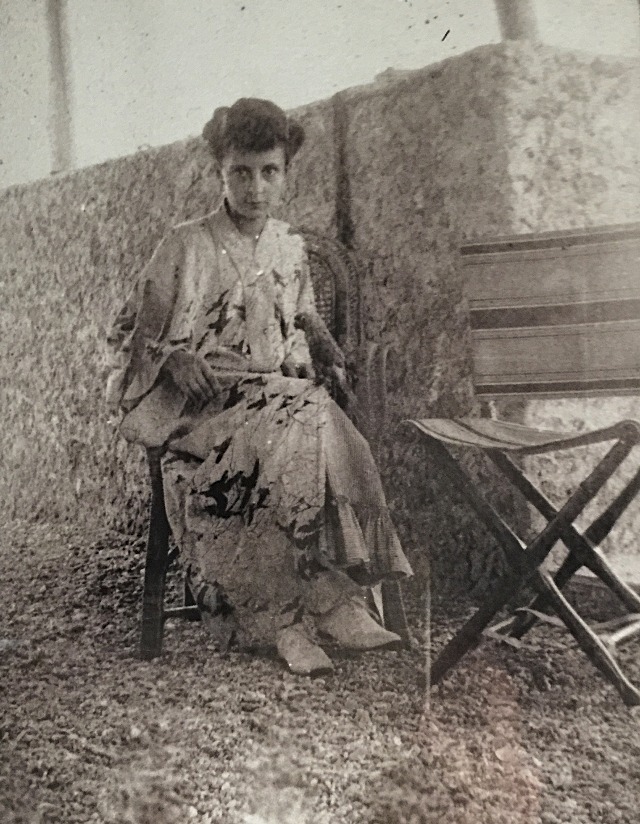
Louise Béguin-Billecocq at Sur (Oman). Oddly she appears to be wearing a Japanese kimono but perhaps she found the silky material and full length cut to be more appropriate for local climate and cultural conditions than typical western attire of the period.

Al Khor Mosque is one of the oldest in Muscat although it has been renovated a number of times. It is overlooked by Al Mirani Fort.


Al Mirani Fort is one of the twin forts guarding the entrance to Muscat harbour. Both forts were built by the invading Portuguese who bombarded and burnt Muscat around 1507 AD. The tower on the right is a more recent addition and conceals a lift shaft. Unfortunately neither fort is open to the public.

Al Jalali Fort is the other fort guarding the harbour. It served as the country’s main prison up until the 1970s and jalali was the generic term for prison during my time in Oman.
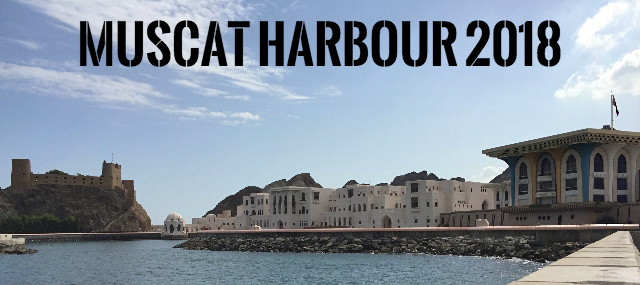
Left to Right: Al Jalali Fort, Extension to the Royal Court, the 1970’s Al Alam Palace. A semicircular lawn has been added in front of the palace on reclaimed land. A couple of modern naval guns are mounted on the sea wall to provide additional protection against sea-borne attackers.
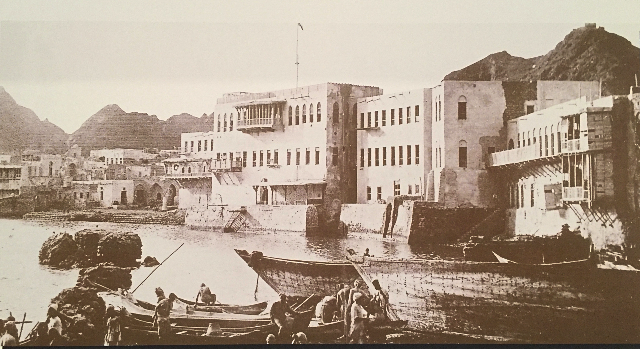

This is the same harbour front in the 19th century. The British Embassy (where my parents lived and worked in the 1980s) was on the left. The taller building sticking up behind the British Embassy was the American Embassy.
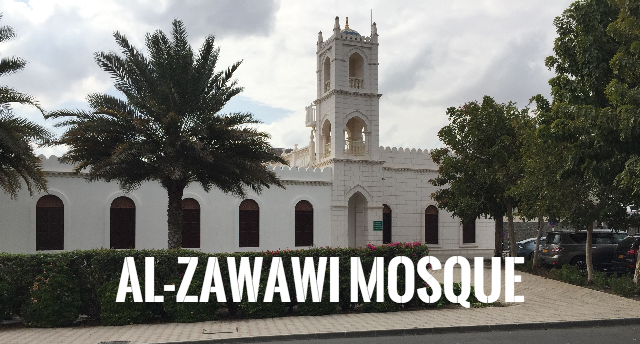
The Al-Zawawi Mosque, built inside the city walls at the beginning of the 20th century, is unusual for its square tower minaret, said to be built in the Portuguese style in favour in India at the time, and looking rather church-like.

Facing the Al Alam Palace a red-paved mall has been constructed, perhaps imitating the one in front of Buckingham Palace, flanked by gardens and stately colonnades and leading up to the impressive National Museum of Oman.

This is how The British Bank of the Middle East, Muscat looked in the 1970s when I worked there. The building was completed in 1956. Prior to that the bank had operated from premises in Bait Faransa.
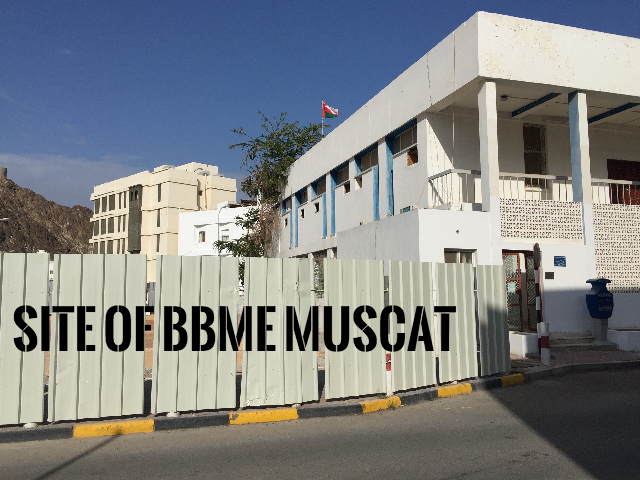
The bank is now demolished.

One of our competitors at the time.

Thanks to Muscat Gate Museum where most of these old photos were obtained.
